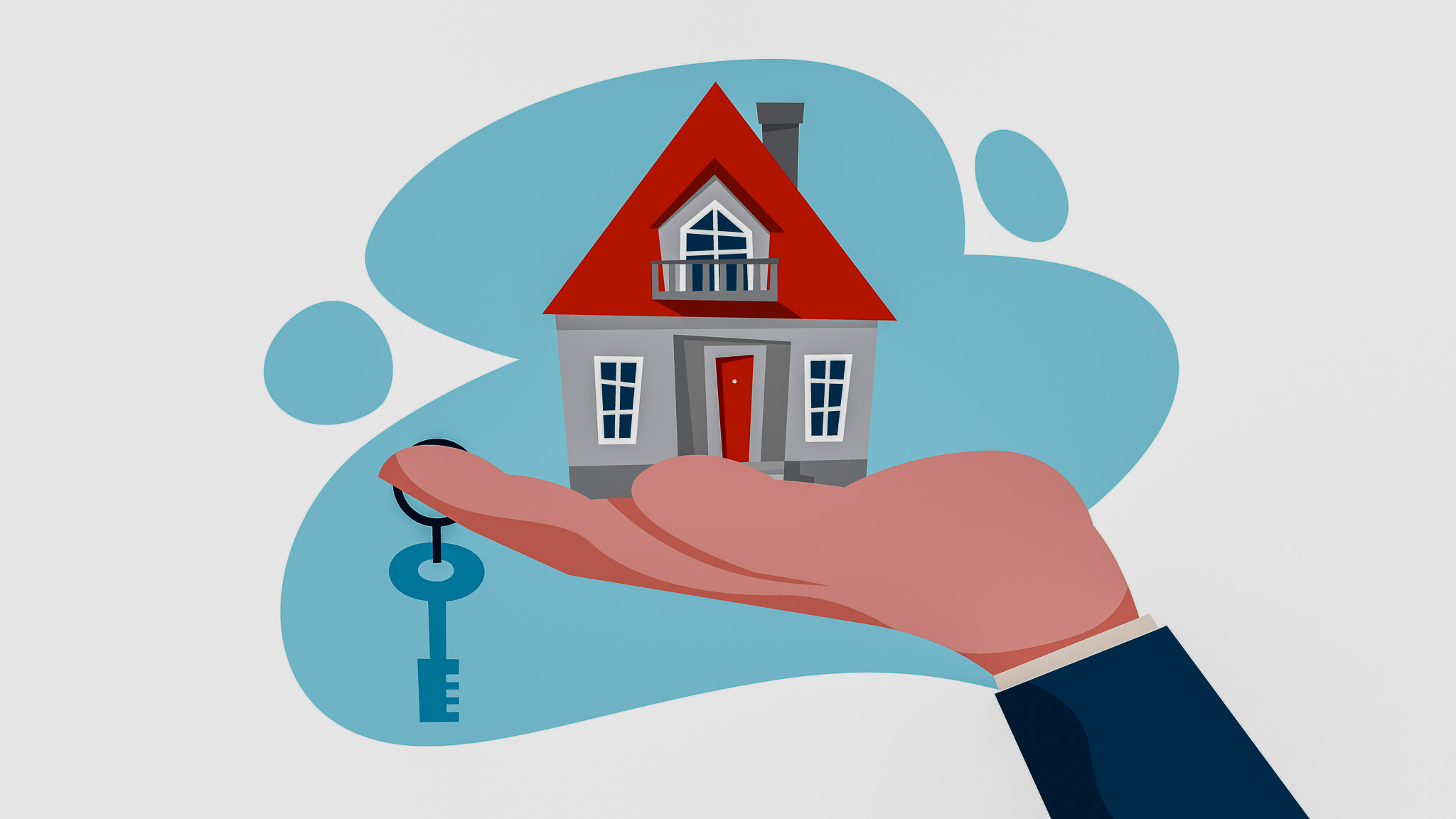Tudor houses are a beloved architectural style that evokes a sense of history and charm. With their distinctive features and rich historical background, Tudor houses continue to capture the imagination of homeowners and architecture enthusiasts alike. This blog post will explore Tudor houses’ origins, characteristics, and enduring appeal.
Origins of Tudor Architecture
Tudor architecture emerged in England during the late 15th century. It remained popular until the early 17th century, coinciding with the Tudor dynasty’s reign. This style represents a transition from medieval Gothic architecture to the early Renaissance. Tudor architecture is often associated with the reign of Henry VII and his descendants, who were instrumental in popularizing this style.
Medieval building techniques heavily influenced the early Tudor style. It featured timber-framed construction and intricate detailing. Over time, the style evolved to incorporate elements of Renaissance architecture, such as symmetry and classical proportions.
Critical Characteristics of Tudor Houses
Tudor houses are easily recognizable by their unique and charming features. Some of the key characteristics include:
- Timber-Framed Construction: One of the most distinctive features of Tudor houses is their exposed timber framing. The wooden beams are often dark-stained and set against a white or light-colored plaster backdrop, creating a striking contrast. This timber framing adds to the aesthetic appeal and is a structural element.
- Steeply-Pitched Roofs: Tudor houses typically have steeply-pitched roofs covered in either thatch or slate. These roofs often feature multiple gables, creating an irregular and picturesque silhouette. The steep pitch helps to shed rain and snow, making it practical for the English climate.
- Tall Chimneys: Tall, elaborately designed chimneys are a hallmark of Tudor architecture. These chimneys often feature decorative brickwork and are positioned asymmetrically on the roof, adding to the house’s character.
- Narrow, Mullioned Windows: Tudor houses have narrow windows with small panes of glass separated by wooden or stone mullions. These windows are often leaded, creating a distinctive diamond or rectangular pattern. Bay windows and oriel windows (a type of bay window that projects from an upper floor) are standard features.
- Half-Timbering: Many Tudor houses exhibit a technique called half-timbering, where the timber frame is filled with wattle and daub or brick infill. This technique creates a decorative pattern on the exterior walls, adding to the house’s visual appeal.
- Arched Doorways: Tudor houses often have arched or rounded doorways with heavy, wooden doors. These doorways are sometimes adorned with intricate carvings or decorative stonework.
- Decorative Details: Tudor architecture is known for its attention to detail. Decorative elements such as carved wooden beams, intricate plasterwork, and ornamental stonework are common. These details add to the overall charm and uniqueness of Tudor houses.
The Enduring Appeal of Tudor Houses
Tudor houses have remained popular for several reasons, including their historical significance, architectural beauty, and timeless appeal. Here are some factors that contribute to their enduring popularity:
- Historical Significance: Tudor houses connect to a significant period in English history. Their association with the Tudor dynasty and the transition from medieval to Renaissance architecture adds to their allure.
- Aesthetic Appeal: The distinctive features of Tudor houses, such as exposed timber framing, steeply pitched roofs, and decorative details, create a charming and picturesque appearance. These elements give Tudor houses a sense of character and uniqueness that is hard to replicate in modern architecture.
- Craftsmanship and Quality: Tudor houses are often admired for their craftsmanship and quality of construction. Durable materials and intricate detailing reflect high skill and artistry, making these houses stand the test of time.
- Versatility in Design: While traditional Tudor houses have a distinct appearance, the style is versatile enough to be adapted to modern needs and preferences. Contemporary interpretations of Tudor architecture can incorporate modern amenities while retaining the charm and character of the original style.
- Nostalgia and Romanticism: Tudor houses evoke a sense of nostalgia and romanticism, transporting homeowners and visitors to a bygone era. The storybook appearance of these houses, with their quaint details and cozy interiors, adds to their timeless appeal.
Notable Examples of Tudor Houses
Several notable examples of Tudor houses can be found in England and beyond. Some of these include:
- Anne Hathaway’s Cottage: Located in Stratford-upon-Avon, this charming cottage was the childhood home of William Shakespeare’s wife, Anne Hathaway. The house features typical Tudor characteristics such as timber framing, thatched roof, and mullioned windows.
- Great Dixter: Situated in East Sussex, Great Dixter is a historic Tudor house known for its beautiful gardens and architectural significance. The house combines medieval and Tudor architectural elements with timber framing, steeply pitched roofs, and decorative details.
- Hever Castle: This historic castle in Kent is famous for being the childhood home of Anne Boleyn, the second wife of Henry VIII. The castle features Tudor-style elements, including half-timbering, tall chimneys, and mullioned windows.
- Liberty Hall: Located in New Jersey, USA, Liberty Hall is a prime example of Tudor Revival architecture. The house was built in the early 20th century and incorporates many traditional Tudor features, such as timber framing, steep roofs, and decorative stonework.
Modern Interpretations of Tudor Architecture
While traditional Tudor houses remain popular, modern interpretations of the style have also gained traction. These contemporary Tudor homes often blend classic elements with modern design principles and amenities. Key features of modern Tudor homes may include:
- Open Floor Plans: Modern Tudor homes may incorporate open floor plans to create a sense of spaciousness and flow while retaining traditional Tudor architecture’s cozy feel.
- Updated Materials: While conventional materials such as timber and brick are still used, modern Tudor homes may incorporate updated materials and construction techniques for improved durability and energy efficiency.
- Contemporary Interiors: The interiors of modern Tudor homes often blend traditional and contemporary design elements, creating a harmonious balance between old and new. This can include modern kitchens, bathrooms, and living spaces with Tudor-inspired details.
- Sustainability: Many modern Tudor homes prioritize sustainability, incorporating energy-efficient features, eco-friendly materials, and sustainable building practices to reduce their environmental impact.
Conclusion
Tudor houses represent a unique and timeless architectural style that captivates homeowners and enthusiasts. With their rich historical background, distinctive features, and enduring appeal, Tudor houses offer a charming and picturesque option for those seeking a home with character and history. Whether you prefer a traditional Tudor cottage or a modern interpretation of the style, the beauty and craftsmanship of Tudor architecture are sure to leave a lasting impression.





















Related Posts